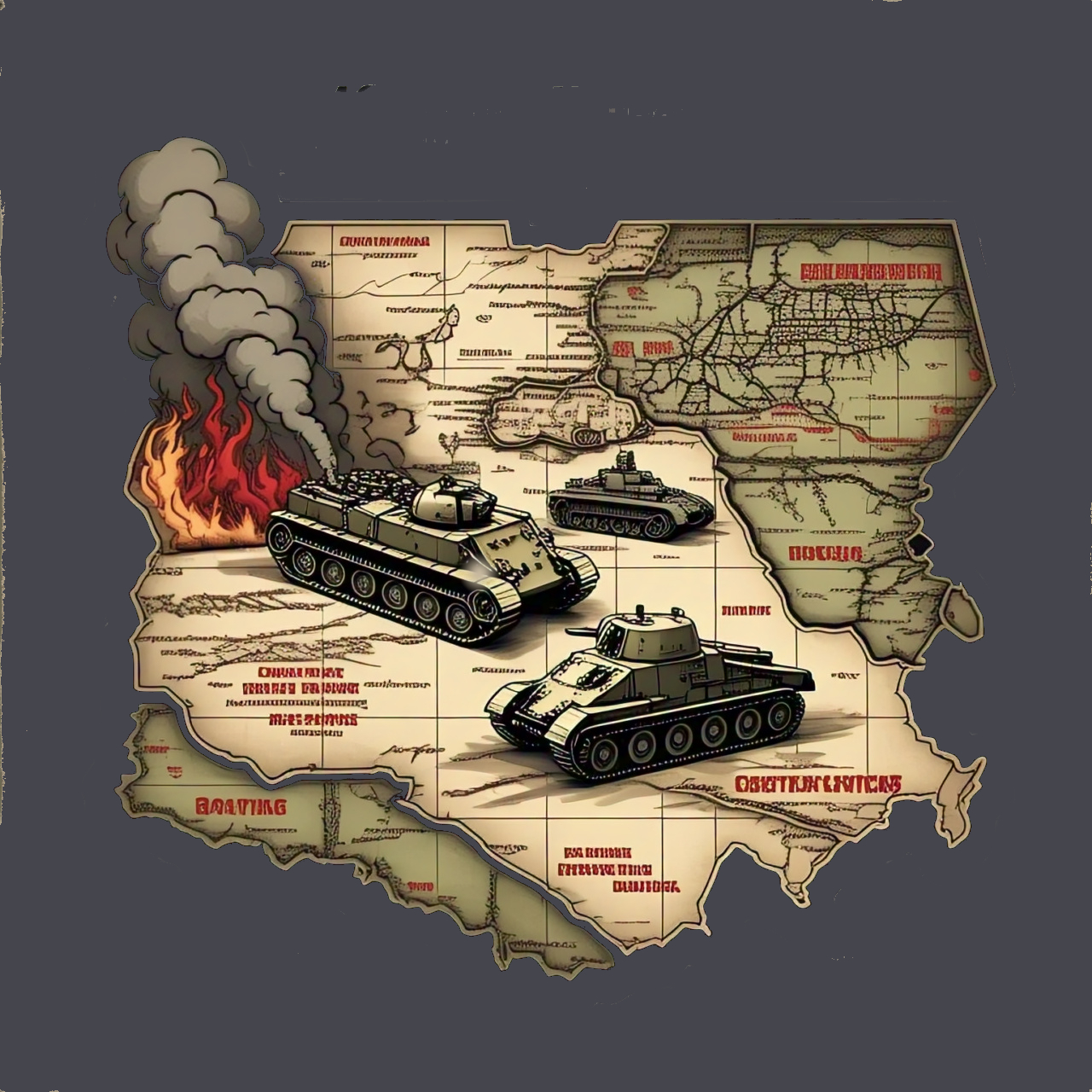11th German Army
The 11th German Army formed on 5th October 1940, to prepare for Operation Barbarossa, Germany’s invasion of the Soviet Union. Commanders structured it under Army Group South, assigning it critical roles in the southern sector. The army’s initial tasks included advancing into Crimea and supporting flanking operations during the Eastern Front campaign.

Commanders
Generaloberst Eugen Ritter von Schobert, 5th October 1940 to 12th September 1941

Generaloberst Eugen Ritter von Schobert commanded the 11th German Army during Operation Barbarossa, leading critical offensives in southern USSR. Commanders assigned him strategic objectives, including advancing into Crimea and engaging Soviet forces. Schobert’s leadership ended tragically when his aircraft crashed in a Soviet minefield, marking a significant loss for the German military.
Generalfeldmarschall Erich von Manstein, 12th Sept 1941 to 21st November 1942

Generalfeldmarschall Erich von Manstein commanded the 11th German Army during Operation Barbarossa, leading offensives in Crimea and Sevastopol. Commanders assigned him critical objectives, showcasing his tactical brilliance and strategic planning. Manstein’s leadership significantly contributed to German successes, earning him recognition as one of World War II’s most skilled military commanders.
SS-Obergruppenführer Felix Steiner, 28th January 1945 to 5th March 1945

SS-Obergruppenführer Felix Steiner commanded the 11th SS Panzer Army during its reformation in 1945, leading counter-offensives against advancing Allied forces. Commanders assigned him critical roles, including defending Berlin and coordinating operations under Army Group Vistula. Steiner’s leadership showcased tactical expertise, although overwhelming odds ultimately limited the army’s effectiveness during its final campaigns.
General der Infanterie Otto Hitzfeld, 2nd April 1945 to 8th April 1945

General der Infanterie Otto Hitzfeld commanded the 11th German Army in April 1945, focusing on defensive operations against advancing Allied forces. Commanders assigned him critical tasks, including declaring Göttingen an open city to protect civilians. Hitzfeld’s leadership emphasized strategic planning and humanitarian considerations during the final stages of World War II.
General der Artillerie Walther Lucht, 8th April 1945 to 23rd April 1945

General der Artillerie Walther Lucht commanded the 11th German Army during its final phases; he directed the army’s retreat. Lucht’s leadership focused on minimizing losses, he sought to preserve the army’s remaining strength. He faced overwhelming Soviet forces, he worked to execute orders and maintain some level of cohesion.
Active
- 5th October 1940 to 21st November 1942
- 26th November 1944 to 21st April 1945
Engagements
- Operation Barbarossa
- Crimea
- Battle of Sevastopol
Army Composition
22nd June 1941
- LIV Corps
- 50th Infantry Division
- 170th Infantry Division
- XXX Corps
- 198th Infantry Division
- 14th Infantry Division (Romanian)
- 5th Cavalry Brigade (Romanian)
- XI Corps
- 76th Infantry Division
- 239th Infantry Division
- Reserves
- 22nd Infantry Division
30th October 1941
- LIV Corps
- 22nd Infantry Division
- 24th Infantry Division
- 50th Infantry Division
- 132nd Infantry Division
- XXX Corps
- 28th Light Division
- 72nd Infantry Division
- 170th Infantry Division
- Romanian Mountain Corps
- 1st Mountain Division (Romanian)
- 4th Mountain Division (Romanian)
- 18th Infantry Division (Romanian)
History
The 11th German Army played a pivotal role during Operation Barbarossa, advancing through southern USSR and capturing key territories. Commanders prioritized the Crimean Peninsula, launching offensives to secure strategic positions and eliminate Soviet resistance. The army’s operations included intense battles, such as the Siege of Sevastopol, which showcased its tactical capabilities and determination.
In 1942, the 11th Army shifted focus to the northern sector, engaging in defensive battles near Lake Ladoga and Leningrad. Commanders coordinated efforts to counter Soviet offensives, maintaining control over critical areas despite mounting challenges. The army’s adaptability and resilience allowed it to sustain operations under increasingly difficult conditions.
By late 1944, the 11th Army reformed as the 11th SS Panzer Army, participating in counter-offensives against advancing Allied forces. Commanders directed operations on both Eastern and Western Fronts, striving to delay enemy progress. The army ultimately surrendered in April 1945, marking the end of its operational history.
Gallery



Other blog categories that may be of interest. 10mm ACW Project, 10mm AWI Project, 10mm AZW Project, 10mm CGW Project, 10mm FIW Project, 10mm Sci-Fi Projects, Aliens, Dropzone Commander, Terra Nova, 10mm WWI Project, 10mm WWII Project, 10mm Zombie Project, Battle Reports & Scenarios, Making Scenery & Terrain, Painting Guides, Shows & Events, Solo Wargaming, Wargaming Projects, Wargaming Rules.


Leave a Reply